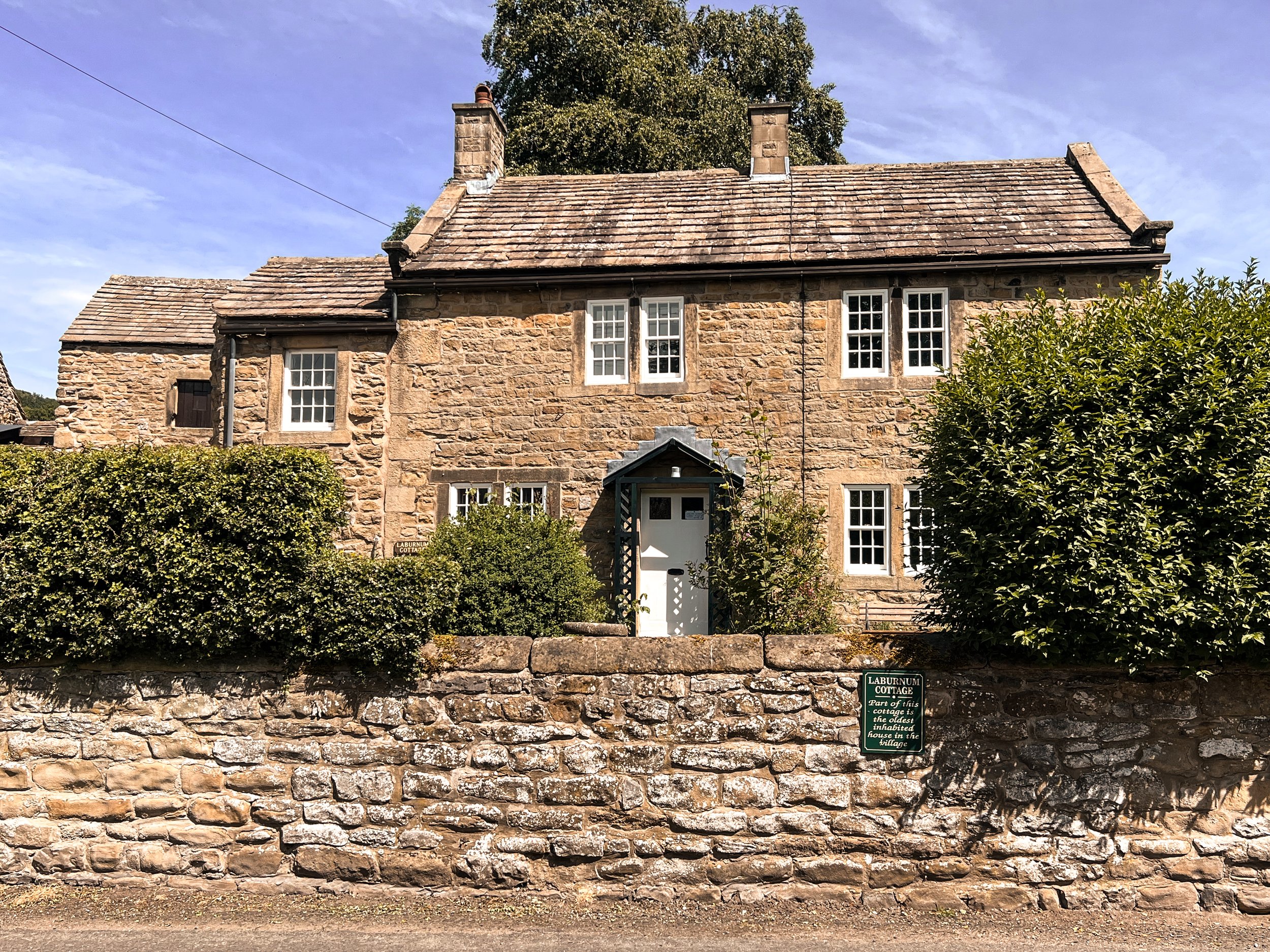Eyam, Derbyshire: A Journey through The Plague Village
At first glance, Eyam (pronounced “ee-yam”) looks much like any number of other villages in the picturesque Derbyshire Dales: quaint rose-covered stone cottages lining narrow streets, buttressed by rolling green hills. Unlike any other village, however, Eyam has a unique history that is both macabre and heroic, centering around one particularly gruesome medieval event: the bubonic plague.
The bubonic plague first swept through Europe in the mid 1300s, taking with it up to 60% of the population, but it was a during a subsequent wave, in 1665, when the disease arrived in Eyam and became inextricably tied in with village lore.
While larger cities, such as London and York, were being ravaged by the spread of the illness, Eyam survived most of 1665 untouched until a seemingly-innocuous shipment of cloth arrived in September addressed to the local tailor, Alexander Hadfield. When his assistant unwrapped the bundle, he noted that it was damp and dutifully hung it up to dry in front of the hearth. He didn’t notice (or perhaps care) that it was also infested with fleas, which soon became more active near the warmth of the fire; he was bitten, and within a week, he had fallen ill and died. Additional members of the household quickly followed.
The cloth had come from London, and those fleas were carrying the bubonic plague.
The plague spread quickly, and along with it, fear. Over the next three months, over 40 villagers had died—not a small number when the population numbered around 350. As more and more villagers fell ill, panic began to set in and some villagers began making plans to leave the area in order to avoid the plague.
William Mompesson, the newly-appointed local rector, had seen the plague before, and recruited the former rector to help him develop a plan to control the spread of the disease. It wasn’t popular, and it seemed extreme:
The entire village would isolate.
Beginning in June 1666, nobody was allowed in or out of the village. Food and other provisions were left at the village edge, supplied by the Earl of Devonshire and grateful residents of other local villages. The villagers of Eyam also managed to make purchases by leaving coins in vinegar (thought to have sterilizing properties) poured into depressions at the village boundary stones. The disease reached its peak in August 1666, with Eyam death tolls reaching 5-6 daily. One local woman, Elizabeth Hancock, buried seven immediate family members over a period of just eight days.
And yet the villagers remained.
By the time 1666 had come to a close, 273 names were recorded in the parish church’s register of the dead—nearly 80% of Eyam’s population. Some survivors, like Mary Hadfield (wife of the tailor), buried every member of their families; some families had nobody left to bury them at all. Even William Mompesson, the rector behind the isolation plan, did not escape unscathed—his wife died from the plague and is buried in the parish church graveyard. The sacrificial plan was effective in keeping the plague contained to Eyam, however, and the villagers were largely regarded as heroes throughout Derbyshire.
Catherine Mompesson’s grave at St. Lawrence’s Church, Eyam
Eyam remains very proud of its forebearers, who did the right thing at an immeasurable personal cost. Present day visitors can still see the “plague stones” at the village borders, some of the graves of the victims, the plague cottages—including the one where the first outbreak occurred—and an entire village museum dedicated to the history of the plague in Eyam. The parish church of St. Lawrence additionally houses the register of the victims and a beautiful stained glass window created in their honor. It’s certainly worth a visit when exploring Derbyshire!

















